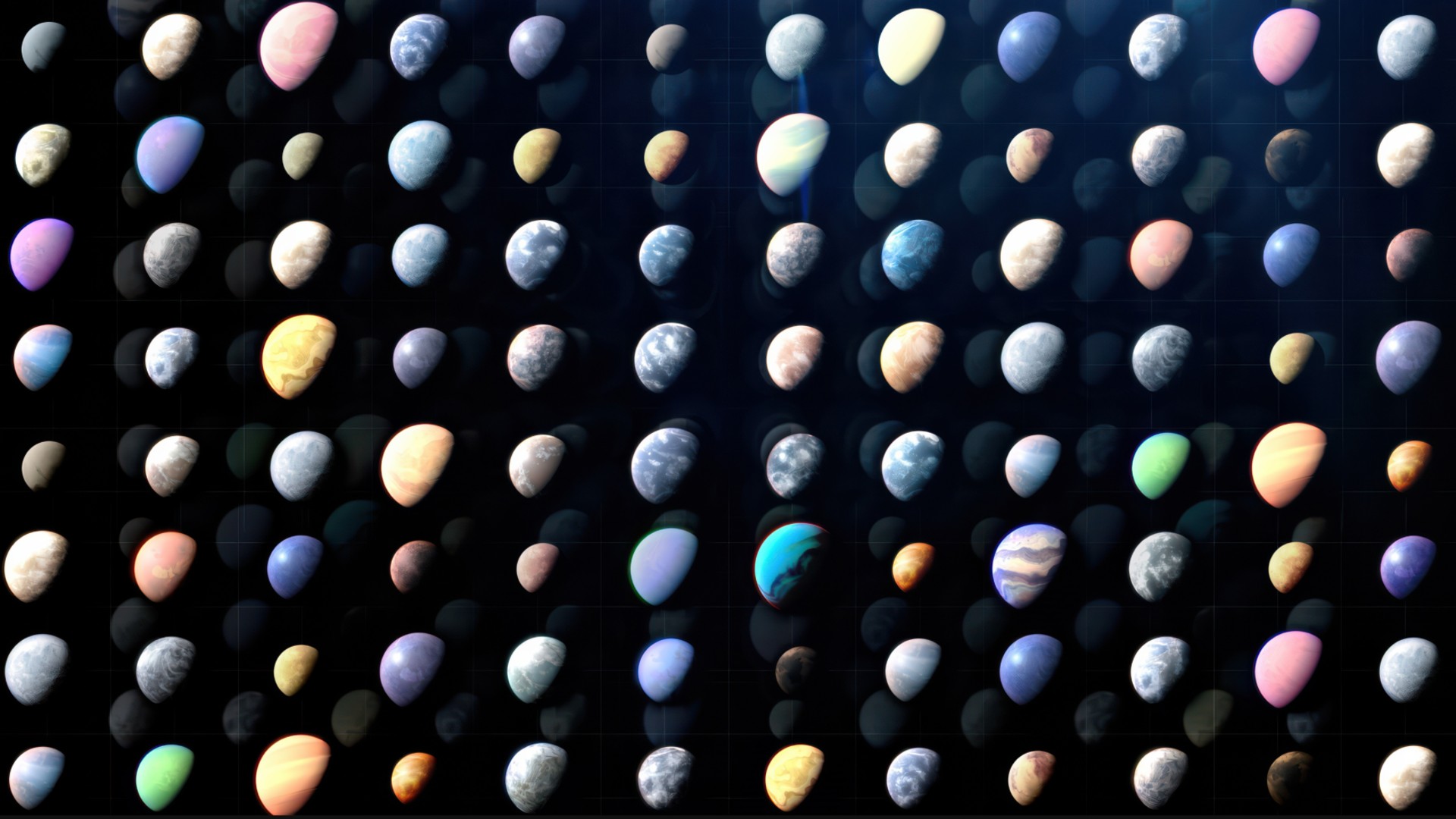Jupiter and Saturn descend on world's tallest building in epic 'Great Conjunction' video
Watch the hour-long event in one 20-second time-lapse.

On Monday (Dec. 21), Jupiter and Saturn appeared closer together in the night sky than they had in 800 years. To the naked eye, this "Great Conjunction" looked like a single, massive celestial object shining over the Earth. But to telescopes — and consumer cameras equipped with telescopic lenses — the planets showed their individual faces in stunning detail as they promenaded across the sky.
Florian Kriechbaumer, a photographer in the United Arab Emirates, caught the celestial spectacle from one of Earth's most sky-scraping locations: Near Burj Khalifa, the world's tallest building. In a large parking area across from the skyscraper (which stands 2,720 feet, or 830 meters, tall), Kriechbaumer filmed the conjunction for 45 minutes, capturing the moment that the two planets made their closest approach to one another (from his vantage point).
You can see his results in the time-lapse video below, which condensed the whole shoot into roughly 20 seconds.
Related: The 12 strangest objects in the universe
"When I shot these there were a few clouds, so I was anxious if I could even capture it," Kriechbaumer told Live Science in an email. "Luckily, they opened up at the right moment. Seeing Saturn's rings and Jupiter with some of its moons appear next to each other in your viewfinder is just such an incredible moment."
"Everyone should go out and experience looking at the planets and night sky once in their life," he added.
Stunning as it appears from Earth, Saturn and Jupiter weren't especially close together during the conjunction, Live Science previously reported. Jupiter is currently about 550 million miles (890 million kilometers) from Earth, or about 5.9 times Earth's distance to the sun, while Saturn is about 1 billion miles (1.6 billion km) from Earth, or about 10.8 times Earth's distance from the sun. Relative to each other, the planets were still 450 million miles (724 million km) apart. They look close to us simply because Jupiter's orbit brought it into the line between Earth and Saturn.
Breaking space news, the latest updates on rocket launches, skywatching events and more!
Originally published on Live Science.

Brandon has been a senior writer at Live Science since 2017, and was formerly a staff writer and editor at Reader's Digest magazine. His writing has appeared in The Washington Post, CBS.com, the Richard Dawkins Foundation website and other outlets. He holds a bachelor's degree in creative writing from the University of Arizona, with minors in journalism and media arts. He enjoys writing most about space, geoscience and the mysteries of the universe.

